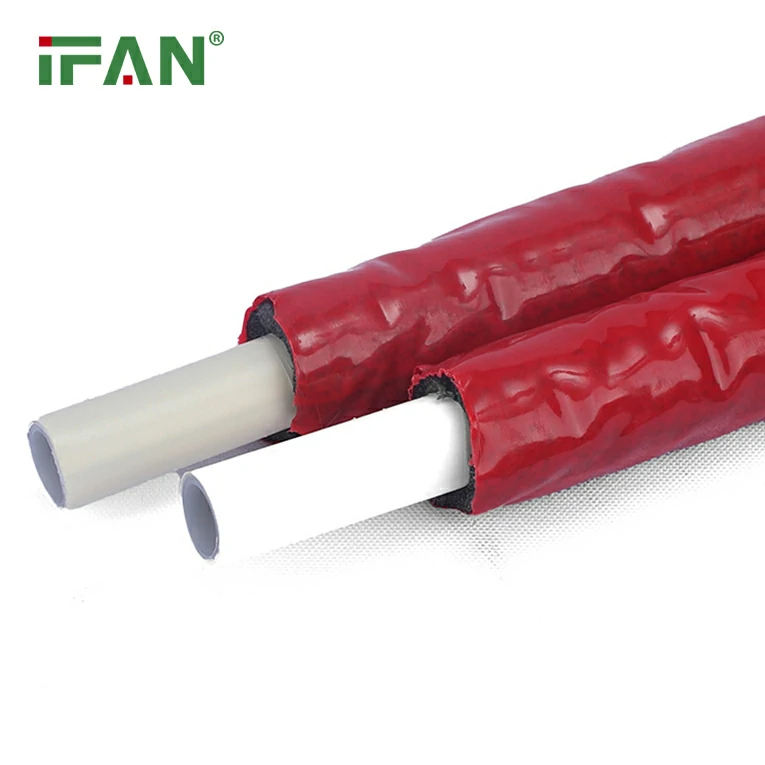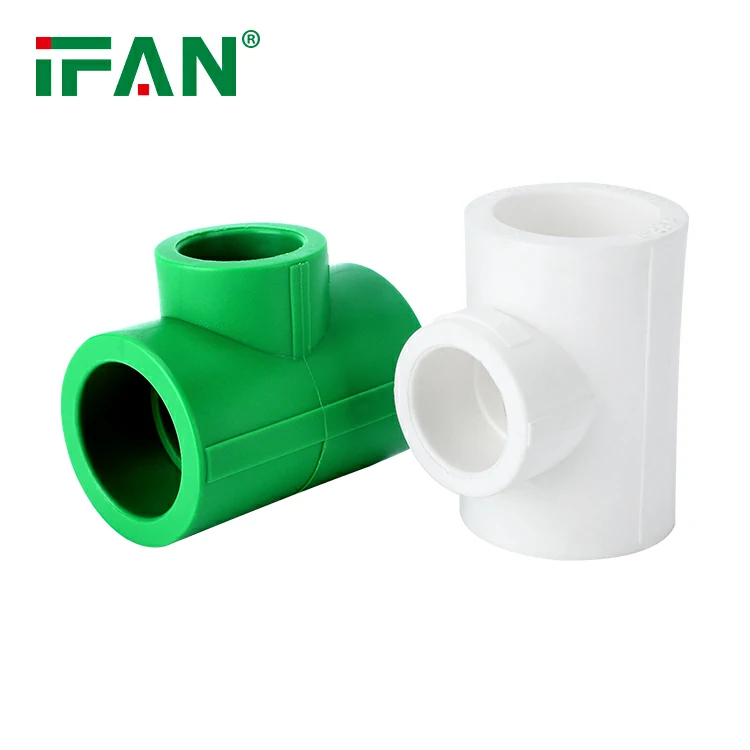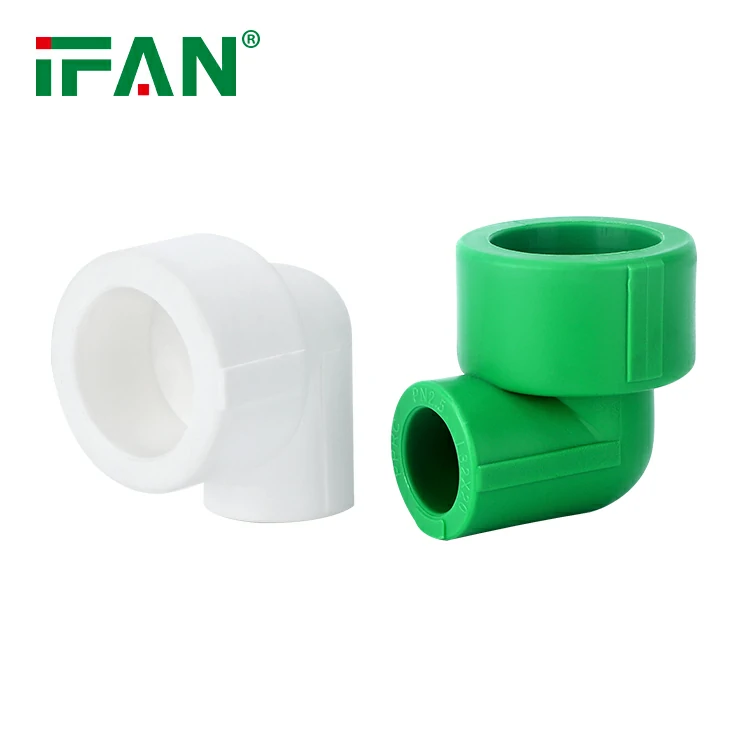The PEX pipe industry has been under increasing scrutiny following the release of a recent report that raises serious concerns about the fire resistance of PEX pipes. The study, which conducted a series of rigorous fire tests, concluded that PEX pipes performed “alarmingly” poorly when exposed to high temperatures and flames, suggesting that the material could pose significant safety risks in buildings, particularly in areas where fire safety is critical.
In response to this report, key players in the PEX industry, including manufacturers and trade associations, have disputed the findings, arguing that the tests were not representative of real-world scenarios. They maintain that PEX pipes, particularly when installed with PEX press fittings, are a safe and reliable option for residential and commercial plumbing systems.
This article aims to explore the findings of the controversial report, the PEX industry’s counterarguments, and what homeowners, builders, and plumbing professionals need to understand about the fire performance of PEX pipes and PEX press fittings. We’ll also discuss the potential risks and mitigation strategies to ensure fire safety when using PEX systems in construction.

Understanding the PEX Pipe Controversy
PEX (cross-linked polyethylene) pipes have gained widespread popularity due to their cost-effectiveness, flexibility, ease of installation, and resistance to corrosion. PEX press fittings, in particular, have become a preferred choice for connecting PEX pipes because they are quick to install and don’t require heat, soldering, or glue.
However, despite the many benefits, PEX pipes have been a subject of ongoing debate, particularly when it comes to their fire performance. The recent fire tests highlighted by a number of fire safety experts have raised significant concerns about the material’s ability to withstand fire without contributing to the spread of flames. In contrast, many in the PEX industry believe that the material is safe for most applications when installed correctly.
Key Findings of the Fire Performance Report
The fire safety report, which was commissioned by an independent testing organization, subjected PEX pipes and their corresponding PEX press fittings to extreme heat conditions designed to simulate real-world fire scenarios. The results were concerning:
- Flammability: The tests indicated that PEX pipes ignited relatively easily and contributed significantly to the spread of fire. While PEX pipes are often advertised as “fire-resistant,” the study found that under certain conditions, the material burned quickly and emitted toxic fumes, raising alarms about the potential danger of using PEX in fire-prone areas.
- Structural Integrity Loss: When exposed to fire, the PEX pipes and PEX press fittings exhibited signs of structural failure. The material softened and warped at high temperatures, leading to the collapse of the piping system in some cases. This raised concerns that in the event of a fire, PEX systems could fail, causing water leaks, steam buildup, or even explosions.
- Toxic Emissions: Another alarming finding was the release of toxic gases when PEX pipes burned. PEX pipes, unlike metal pipes, contain additives that, when burned, can release harmful substances, including carbon monoxide and other toxic fumes. The study stressed that the inhalation of these gases could put both residents and first responders at risk.
- Impact on Fire Suppression Systems: The study also raised concerns about the role of PEX systems in buildings with fire suppression systems. If PEX pipes fail under fire conditions, it could interfere with the operation of sprinklers or other fire suppression mechanisms, increasing the risk of widespread damage and harm to building occupants.
Industry Response: Disputing the Findings
In response to the fire safety report, several major manufacturers and trade associations in the PEX industry have publicly challenged the conclusions. The PEX pipe industry argues that the tests used to evaluate PEX pipes were not representative of typical building conditions or proper installations.
1. Real-World Scenarios vs. Lab Conditions
The PEX industry maintains that the fire tests were conducted in artificial, extreme conditions that do not reflect real-world applications of PEX pipes. They argue that PEX systems are typically installed with proper firestopping techniques, insulation, and other safety measures that were not accounted for in the tests. For example, the pipes in the study were not wrapped in fire-resistant materials or placed in the manner they would typically be found in residential or commercial buildings.
2. PEX is Fire-Resistant, Not Fireproof
PEX manufacturers also contend that PEX pipes are not designed to be fireproof but rather fire-resistant to a certain degree. PEX pipes are able to withstand a limited exposure to heat and flames, which makes them suitable for most plumbing applications. The industry stresses that PEX is safe when installed according to building codes and industry standards, including proper firestopping and insulation.
Furthermore, PEX press fittings, which are typically used in combination with PEX pipes, are tested to ensure that they create secure, leak-proof connections. The PEX industry points out that these fittings have been engineered to perform safely in most residential and commercial applications.
3. PE Pipes in Building Codes
The PEX industry also points out that PEX pipes have been approved for use in a wide range of residential and commercial building codes across the United States and other countries. Regulatory bodies like the National Fire Protection Association (NFPA) and International Code Council (ICC) have assessed and approved PEX systems for fire safety in many applications.
4. Use of Fire-Resistant Materials and Techniques
Finally, the PEX industry emphasizes that proper installation practices—such as using fire-resistant insulation and employing correct firestopping techniques—can mitigate any potential fire risks associated with PEX pipes. They assert that any fire safety concerns related to PEX can be easily addressed with standard building practices that ensure a higher level of protection.
Addressing Fire Safety in PEX Systems
While the PEX pipe industry disputes the findings of the fire safety report, it is crucial for homeowners, contractors, and architects to take fire safety seriously when using PEX pipes in construction projects. Here are some essential tips for minimizing the risk of fire damage when using PEX systems:
1. Follow Building Codes and Safety Regulations
Ensure that PEX pipes are installed according to local building codes and regulations. Most codes will have specific requirements for installing PEX systems in areas where fire safety is a concern, such as around electrical systems, heating systems, and in areas with high fire risk.
2. Use Fire-Resistant Insulation
As a preventive measure, use fire-resistant insulation around PEX pipes to reduce the risk of fire spreading along the piping system. Materials such as mineral wool or fiberglass can provide an extra layer of protection against fire hazards. Insulating the pipes properly will help maintain the pipe’s structural integrity in the event of a fire.
3. Install Fire Stops and Barriers
Install fire stops and barriers at intervals along PEX pipes to slow the spread of fire in the event of an outbreak. These firestopping materials can help prevent flames from traveling through concealed spaces in walls and ceilings, offering an additional level of protection for PEX systems.
4. Use Flame-Retardant Materials
In areas prone to fire hazards, such as kitchens or near heating appliances, consider using flame-retardant materials for both PEX pipes and their connections. This will help prevent the pipes from igniting or collapsing under high heat. Special coatings or flame-retardant sleeves are available for PEX pipes that can provide added safety.
5. Install Sprinklers and Fire Suppression Systems
If you’re building or renovating a structure that will include PEX systems, consider installing a fire suppression system (such as sprinklers) to help control the spread of fire in case of an emergency. This is particularly important in commercial buildings or multi-family homes where fire risks are elevated.
Conclusion
The PEX pipe industry has strongly disputed the findings of the fire safety report, asserting that the testing conditions were unrealistic and that PEX pipes are safe when installed correctly. However, the concerns raised by the report highlight an important issue that all involved in construction, plumbing, and building safety must address: fire performance.
Whether you are a homeowner, builder, or plumber, it’s essential to understand the limitations of PEX pipes and ensure they are installed according to safety standards to mitigate fire risks. Proper installation practices, including using PEX press fittings, fire-resistant materials, and firestopping techniques, can help ensure that PEX systems remain safe and reliable, even in high-risk environments.
FAQs About PEX Pipe Fire Safety
1. Are PEX pipes fireproof?
No, PEX pipes are fire-resistant but not fireproof. They can withstand some exposure to heat and flames, but extreme fire conditions can cause the material to melt or burn.
2. Can PEX press fittings withstand high temperatures?
PEX press fittings are designed to be durable and reliable under normal conditions. However, under extreme heat, they may fail, leading to leaks or system collapse. It’s important to follow installation guidelines to minimize this risk.
3. What can be done to protect PEX pipes in fire-prone areas?
To protect PEX pipes, you can use fire-resistant insulation, install firestopping materials at pipe penetrations, and ensure that pipes are not installed near high-heat sources. These measures can help reduce fire risks.
**4. Why is PEX still used in construction if there are fire risks





